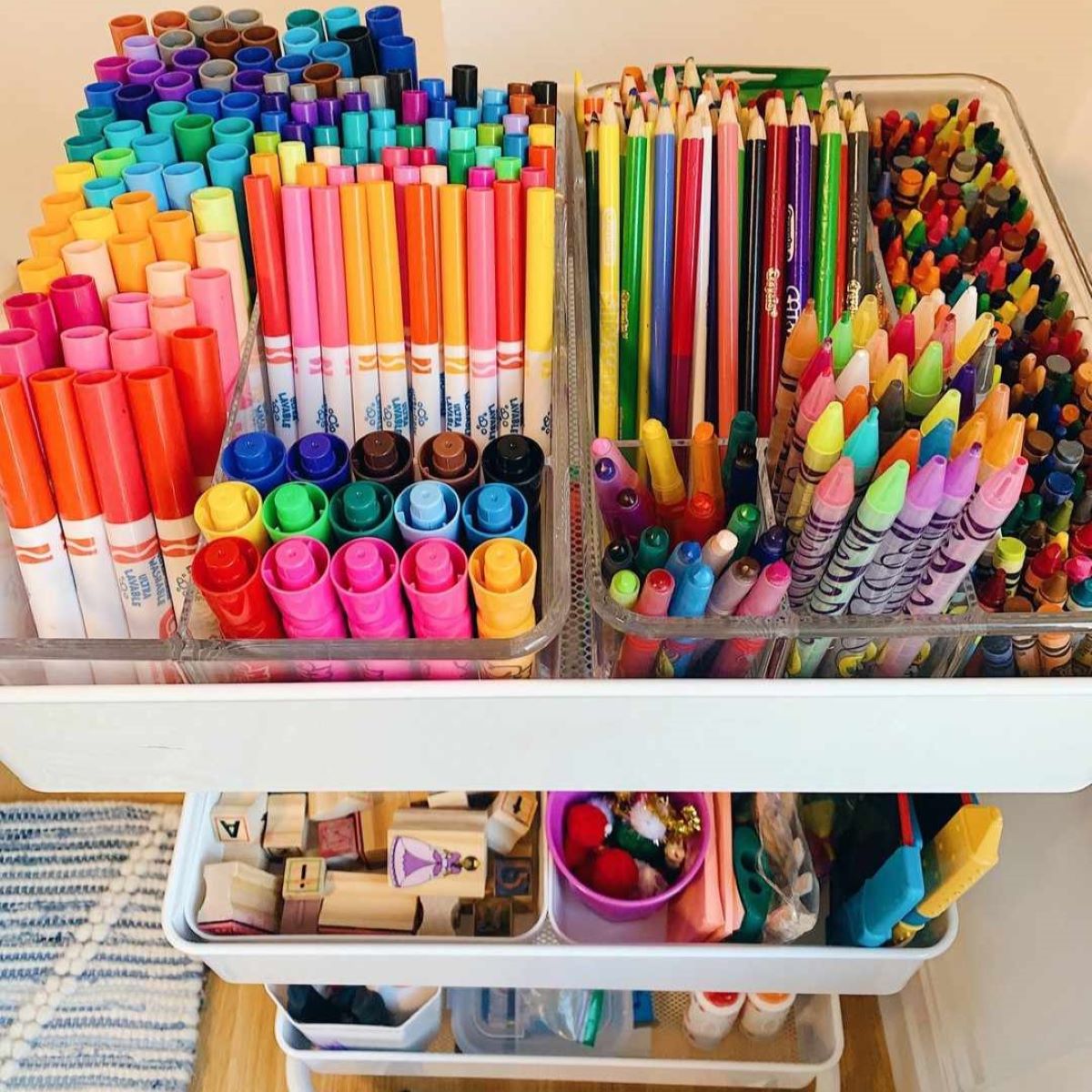

Articles
How To Store Art Supplies
Modified: February 28, 2024
Discover the best techniques for storing and organizing your art supplies. Learn how to properly preserve articles and keep your materials in optimal condition.
(Many of the links in this article redirect to a specific reviewed product. Your purchase of these products through affiliate links helps to generate commission for Storables.com, at no extra cost. Learn more)
Introduction
Welcome to the world of art! Whether you’re a professional artist, a passionate hobbyist, or just starting your creative journey, one thing is for certain – you’ll need a proper storage system for your art supplies. Keeping your materials organized and protected not only ensures their longevity but also makes your creative process more efficient and enjoyable. In this article, we will explore the importance of choosing the right storage space and maintaining ideal conditions for storing your art supplies. We’ll also provide practical tips for organizing and preserving various types of art materials, including paints, brushes, canvas, paper, and more. So, let’s dive in and discover how to create a conducive environment for your artistic endeavors!
Key Takeaways:
- Proper storage and preservation of art supplies are essential for maintaining their quality and longevity, ensuring a more enjoyable and successful artistic journey.
- From choosing the right storage space to organizing small art supplies and traveling with materials, these tips will help artists protect and maintain their valuable art supplies.
Read more: How To Store Posters
Choosing the Right Storage Space
When it comes to storing your art supplies, the first step is to find the right space that meets your needs. Consider the following factors when choosing the ideal storage area:
- Climate Control: Art supplies are sensitive to temperature and humidity fluctuations. Look for a storage space that is climate-controlled to prevent damage caused by extreme heat, cold, or moisture.
- Size and Accessibility: Assess the quantity and size of your art supplies to determine how much storage space you require. Additionally, ensure that the storage area is easily accessible so that you can retrieve and organize your materials conveniently.
- Lighting: Natural light can fade pigments and affect the quality of certain art supplies. If possible, choose a storage space with minimal exposure to direct sunlight. Alternatively, invest in light-blocking curtains or blinds to protect your materials.
- Ventilation: Proper airflow is essential to prevent the buildup of mold or mildew. Choose a storage area with adequate ventilation to ensure that your art supplies stay fresh and free from moisture-related issues.
Once you’ve identified the perfect storage space, it’s time to dive into organizing and preserving your art supplies. Let’s explore the ideal conditions for storing various types of materials and how to maintain their quality over time.
Ideal Conditions for Storing Art Supplies
To ensure the longevity and quality of your art supplies, it is crucial to store them in optimal conditions. Here are some guidelines to follow:
- Temperature and Humidity: Aim for a cool and stable temperature between 65-75°F (18-24°C) with a relative humidity of 40-50%. Extreme temperature fluctuations can cause materials to expand or contract, leading to potential damage.
- Light Exposure: Limit the exposure of your art supplies to direct sunlight or harsh artificial light, as this can fade pigments and alter the color of your materials over time. If possible, store them in a dark or low-light environment.
- Avoid Moisture: Keep your art supplies away from damp areas or places with high humidity, as moisture can cause mold growth or warping of materials. Use moisture-absorbing packets or silica gel packets in your storage containers to control humidity levels.
- Protect from Dust and Debris: Use airtight containers or sealable bags to protect your art supplies from dust, dirt, and other particles that can accumulate over time. This is especially important for paints, pastels, and other powdered or granulated materials.
- Separate Chemicals: Store art supplies with chemicals, such as solvents or adhesives, separately from other materials to prevent any potential reactions or spills that could damage other supplies.
- Label and Inventory: To keep track of your art supplies, use clear labels and maintain an inventory list. This will help you easily find what you need and avoid purchasing duplicate items.
By storing your art supplies in these ideal conditions, you can ensure their longevity and maintain their quality for years to come. Now, let’s explore some practical tips for organizing and storing specific art materials.
Organizing Small Art Supplies
Small art supplies, such as pencils, pens, erasers, and sharpeners, can easily get lost or become disorganized if not properly stored. Here are some tips for keeping these small items organized:
- Storage Containers: Invest in small storage containers with compartments or dividers. These containers are perfect for keeping your pencils, pens, and other small tools neatly organized and easily accessible.
- Labeling: Use labels or color-coding systems to identify different types of small art supplies. This makes it easier to find what you need quickly and keeps everything in its proper place.
- Hanging Options: Install a pegboard or wall-mounted organizer to hang your small art supplies. This not only saves valuable desk space but also provides a visually pleasing display of your tools.
- Drawer Organizers: Utilize drawer organizers to separate and categorize your small art supplies. This allows for efficient use of space and keeps everything neatly arranged.
- Travel Cases: If you need to take your small art supplies with you on the go, invest in a compact and durable travel case. Look for one with compartments or elastic loops to securely hold your materials.
By implementing these organization strategies, you can easily locate your small art supplies and maintain a clutter-free workspace. Next, let’s dive into the appropriate storage methods for paints and brushes.
Storing Paints and Brushes
Proper storage of paints and brushes is essential to maintain their quality and usability over time. Here are some tips to ensure the longevity of these art supplies:
Paints:
- Sealable Containers: Transfer your paints from their original packaging to sealable containers to prevent them from drying out. Make sure the containers are airtight to minimize air exposure.
- Organized Palette: Use a palette with separate compartments for different paint colors. This makes it easy to access specific colors and prevents cross-contamination.
- Upside-Down Storage: Store acrylic and oil paints upside down. This helps create a seal and prevents air from entering the paint tubes, keeping them fresh and preventing them from drying out.
- Paint Racks or Shelves: Consider investing in paint racks or shelves to keep your paint containers organized and easily visible. This makes it convenient to select the color you need without rummaging through a cluttered storage space.
Brushes:
- Proper Cleaning: Thoroughly clean your brushes after each use to remove any remaining paint. Gently reshape the bristles and let them dry completely before storing.
- Upside-Down Storage: Store your brushes upside down in a brush holder or cup. This allows the bristles to retain their shape and prevents any moisture from accumulating at the ferrule.
- Protective Covers: Consider using protective covers or sleeves for your brushes to keep the bristles safe from damage or fraying.
- Separate by Type: If you have multiple types of brushes, such as watercolor brushes, acrylic brushes, and oil brushes, store them separately to prevent any cross-contamination.
By following these tips, you can ensure that your paints remain fresh and workable, while your brushes stay in excellent condition to aid you in creating your next masterpiece. Next, let’s explore the proper storage methods for preserving canvas and paper.
Read more: How To Store Brushes
Preserving Canvas and Paper
Preserving your canvas and paper is essential to maintain their integrity and ensure the longevity of your artwork. Here are some tips to help you store these materials correctly:
Canvas:
- Roll or Flat Storage: Determine whether it is best to store your canvas paintings rolled or flat, depending on their size and the available storage space. For larger pieces, it is advisable to store them rolled to minimize the risk of damage.
- Protective Cover: If you choose to roll your canvas, use a protective cover such as acid-free tissue paper or glassine to shield it from dust, dirt, and potential scratches.
- Vertical Storage: Store rolled canvases vertically in a sturdy container or tube with a snug fit. This prevents deformation and minimizes the risk of accidental damage.
- Climate Control: Ensure that the storage area for your canvas paintings maintains a consistent temperature and humidity level to prevent warping or deterioration of the material.
Paper:
- Flat Storage: Store your paper artwork flat to prevent it from curling or wrinkling. Use acid-free tissue paper or archival sleeves to protect each piece from dust and potential damage.
- Portfolio or Archival Box: Invest in a portfolio or archival box specifically designed for storing artwork on paper. These containers provide a safe and organized space for your pieces.
- Tabbed Dividers: To keep your paper artwork organized within a portfolio or box, use tabbed dividers to separate different artworks or categories.
- Keep Away from Moisture: Store your paper artwork in a dry environment to prevent moisture absorption, which can lead to mold growth or paper degradation over time.
By implementing these storage techniques, you can ensure that your canvas and paper artworks remain in pristine condition, allowing you to appreciate them for years to come. Next, let’s explore the proper storage methods for easels and furniture used in your art studio.
Store art supplies in a cool, dry place away from direct sunlight to prevent damage. Use airtight containers for loose items and consider a storage caddy for easy access.
Proper Storage for Easels and Furniture
When it comes to storing your easels and furniture in your art studio, it’s important to ensure that they are kept in a safe and organized manner. Here are some tips to help you store them properly:
Easels:
- Disassemble if Possible: If your easel is collapsible or can be disassembled, consider taking it apart for storage. This makes it easier to transport and saves space in your storage area.
- Protective Cover: Use a protective cover or bag to keep your easel safe from dust, dirt, and potential scratches. This is especially important if you have a high-quality or delicate easel.
- Secure Storage Space: Find a dedicated space in your studio to store your easel. Make sure it is stable and secure to prevent it from falling or getting damaged unintentionally.
Furniture:
- Clean and Prepare: Before storing your furniture, clean it thoroughly and make any necessary repairs. This ensures that it remains in good condition during storage.
- Disassemble, if applicable: If your furniture can be disassembled, consider taking it apart to save space during storage. Keep all the necessary hardware and instructions in a labeled bag for easy reassembly.
- Protective Covers: Use protective covers or blankets to shield your furniture pieces from dust, dirt, and potential scratches. Avoid using plastic covers as they can trap moisture and cause damage.
- Store in a Dry Area: Find a dry storage space for your furniture to prevent moisture damage. Avoid storing furniture in areas prone to temperature or humidity fluctuations, such as basements or attics.
By following these storage tips, you can protect your easels and furniture, ensuring that they remain in good condition for future use. Next, let’s explore how to maintain the sharpness of your cutting tools.
Maintaining Sharpness of Cutting Tools
Sharp cutting tools, such as knives and blades, are essential for precise and clean cuts in your artwork. To ensure the longevity and effectiveness of your cutting tools, follow these tips for maintenance:
- Proper Handling: Always handle your cutting tools with care. Use them on appropriate surfaces and avoid cutting on hard or abrasive materials that can dull the blade.
- Keep the Blade Clean: After each use, clean the blade of your cutting tool to remove any residue or debris. Use a soft cloth or tissue to wipe away any excess material.
- Sharpening Techniques: Learn proper sharpening techniques for your specific cutting tools. This may involve using a sharpening stone, honing guide, or other sharpening devices. Regularly sharpen your blades to maintain optimal cutting performance.
- Storage: Store your cutting tools in a safe and secure location. Consider using blade guards or protective covers to prevent accidental contact and damage to the blade.
- Replace Blades: If the blade of your cutting tool becomes permanently dull or damaged, it’s time to replace it. Using a dull or damaged blade can result in poor cutting results and potential accidents.
- Safe Disposal: When disposing of used blades, make sure to do so safely. Use a blade disposal container or an empty container with a secure lid to prevent injuries.
By following these maintenance tips, you can ensure that your cutting tools stay sharp and ready to assist you in your artistic endeavors. Next, let’s explore the proper storage and preservation methods for fragile artwork.
Storing and Preserving Fragile Artwork
Fragile artwork, such as glass, ceramics, or delicate sculptures, requires special care and attention when it comes to storage and preservation. Here are some tips to help you store and preserve your fragile artwork:
- Proper Packaging: Use acid-free tissue paper, bubble wrap, or foam to wrap your fragile artwork carefully. This provides cushioning and protection against potential impacts or breakages during storage.
- Sturdy Containers: Find containers or boxes that are specifically designed for fragile items. Make sure these containers are strong, secure, and provide adequate protection against external elements.
- Layering: If you have multiple fragile pieces, layer them with protective material, such as foam or bubble wrap, to prevent them from rubbing against each other and causing damage.
- Labeling and Documentation: Clearly label each container with the contents and fragile artwork details. Additionally, take photographs or create documentation of each piece for reference purposes.
- Safe and Stable Environment: Find a storage area that is stable, with consistent temperature and humidity levels. Avoid areas prone to extreme temperature changes, high humidity, or direct sunlight, as these can damage fragile artwork.
- Vertical Storage: Store fragile pieces upright, if possible, to distribute weight evenly and minimize the risk of any part of the artwork being under additional stress.
- Secure Display Options: If you choose to display fragile artwork, use secure mounting methods, display cases, or shelves to ensure stability and prevent accidental damage or falling.
- Regular Inspection: Periodically check your stored fragile artwork to ensure its condition. Look out for any signs of damage, such as cracks or discoloration, and take necessary steps for preservation or restoration if required.
By following these guidelines, you can ensure the safety and preservation of your fragile artwork, allowing you to enjoy and appreciate them for years to come. Lastly, let’s explore some essential tips for traveling with your art supplies.
Read more: How To Store Clay
Tips for Traveling with Art Supplies
Traveling with your art supplies can be exciting, but it also requires careful planning and attention to ensure that your materials arrive safely and ready to use. Here are some essential tips for traveling with your art supplies:
- Select a Travel-Friendly Case: Invest in a sturdy and durable travel case specifically designed for art supplies. Look for one with compartments or dividers to keep your materials organized and protected.
- Pack Supplies Properly: Wrap individual items, such as paints and brushes, in protective material, like bubble wrap or tissue paper, to prevent damage during transit.
- Check Transportation Guidelines: Before your trip, familiarize yourself with transportation guidelines and restrictions regarding carrying art supplies. Some materials may be prohibited or have specific requirements for air travel.
- Secure Containers: Ensure that your paints, solvents, and other liquid art supplies are stored in leak-proof containers. Place them in sealed plastic bags to prevent any potential spills or leaks.
- Protective Cover for Canvases: If you’re traveling with canvases, consider using protective covers or wrapping them in plastic to shield them from dust and potential damage.
- Keep Important Documents: Carry copies of important documents related to your art supplies, such as receipts, certificates of authenticity, or permits, if applicable, in case they are required during your travels.
- Safe and Secure Storage: Ensure that your art supplies are stored securely during your journey. Avoid placing heavy or sharp objects on top of delicate materials to prevent crushing or damage.
- Research Local Art Supply Stores: Before your trip, research local art supply stores at your destination in case you need to purchase any additional materials or replacements.
- Plan for Artistic Inspiration: Take advantage of your travels and pack a sketchbook or portable art supplies to capture beautiful landscapes, architecture, or any inspiration you encounter along the way.
- Properly Dispose of Waste: If you generate any waste materials, such as used paints or solvents, dispose of them properly and in accordance with local regulations.
By following these tips, you can ensure a smooth and hassle-free travel experience with your art supplies, allowing you to create art wherever you go. Now that we’ve covered the essential tips for traveling, let’s wrap up.
Conclusion
Having a proper storage system for your art supplies is crucial for maintaining their quality, organization, and longevity. By choosing the right storage space, creating ideal conditions, and organizing your materials effectively, you can enhance your creative process and protect your valuable art supplies.
When it comes to small art supplies, utilize storage containers with compartments, labels, and hanging options to keep them organized and easily accessible. Ensure that paints are stored in sealable containers, and brushes are stored upside down to maintain their quality. Preserve canvas and paper by storing them flat, using protective covers, and avoiding exposure to moisture and light.
For easels and furniture in your art studio, disassemble them if possible and store them in secure locations. Keep cutting tools sharp by proper handling, regular cleaning, and sharpening techniques. Fragile artwork should be carefully packaged, stored in sturdy containers, and kept in stable environments to prevent damage. And when traveling with art supplies, invest in a travel-friendly case, pack supplies properly, and be aware of transportation guidelines.
By following these guidelines and tips, you can ensure that your art supplies remain in optimal condition, ready to assist you in expressing your creativity. Whether you’re a professional artist or a passionate hobbyist, proper storage and preservation of your art supplies will contribute to a more enjoyable and successful artistic journey.
So, organize your space, protect your materials, and embark on your artistic endeavors with confidence knowing that your art supplies are well-maintained and ready to fuel your creativity!
Frequently Asked Questions about How To Store Art Supplies
Was this page helpful?
At Storables.com, we guarantee accurate and reliable information. Our content, validated by Expert Board Contributors, is crafted following stringent Editorial Policies. We're committed to providing you with well-researched, expert-backed insights for all your informational needs.
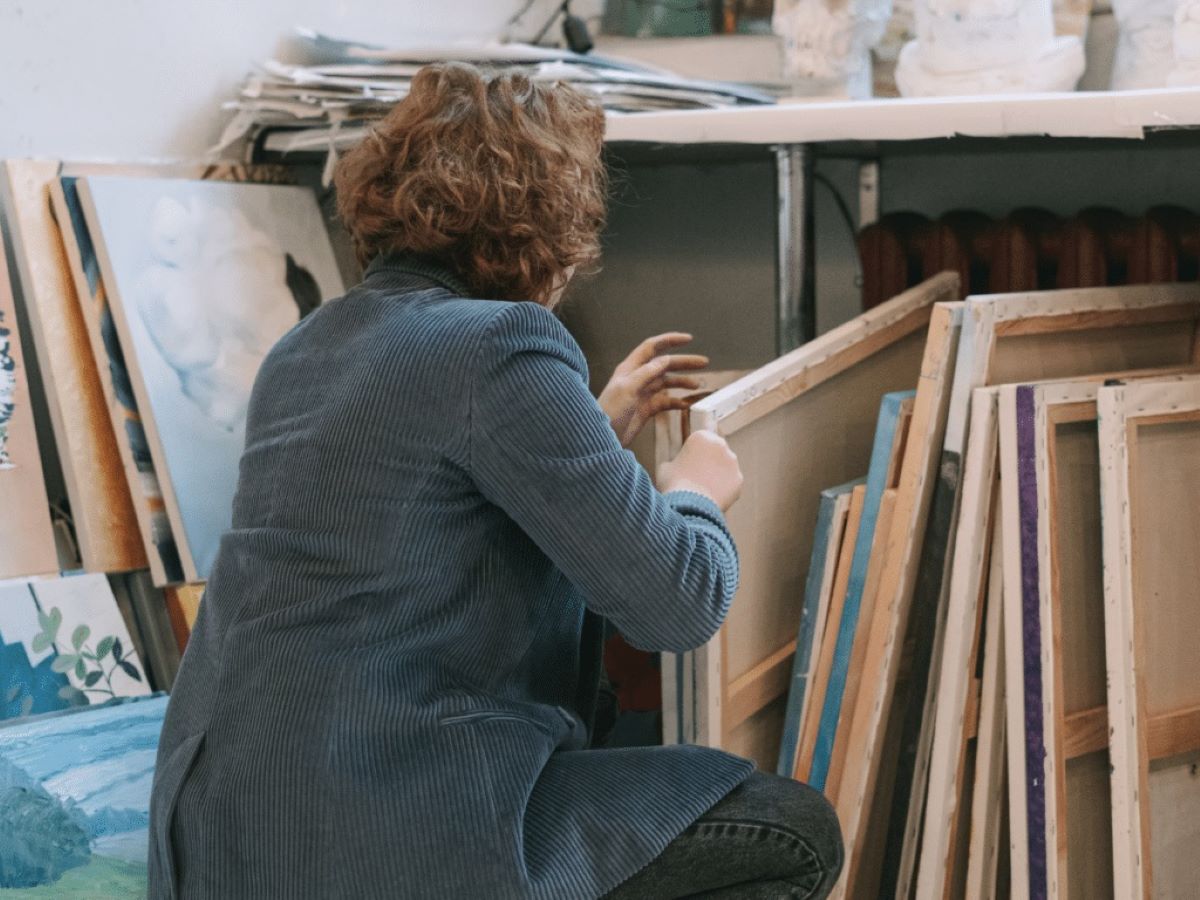

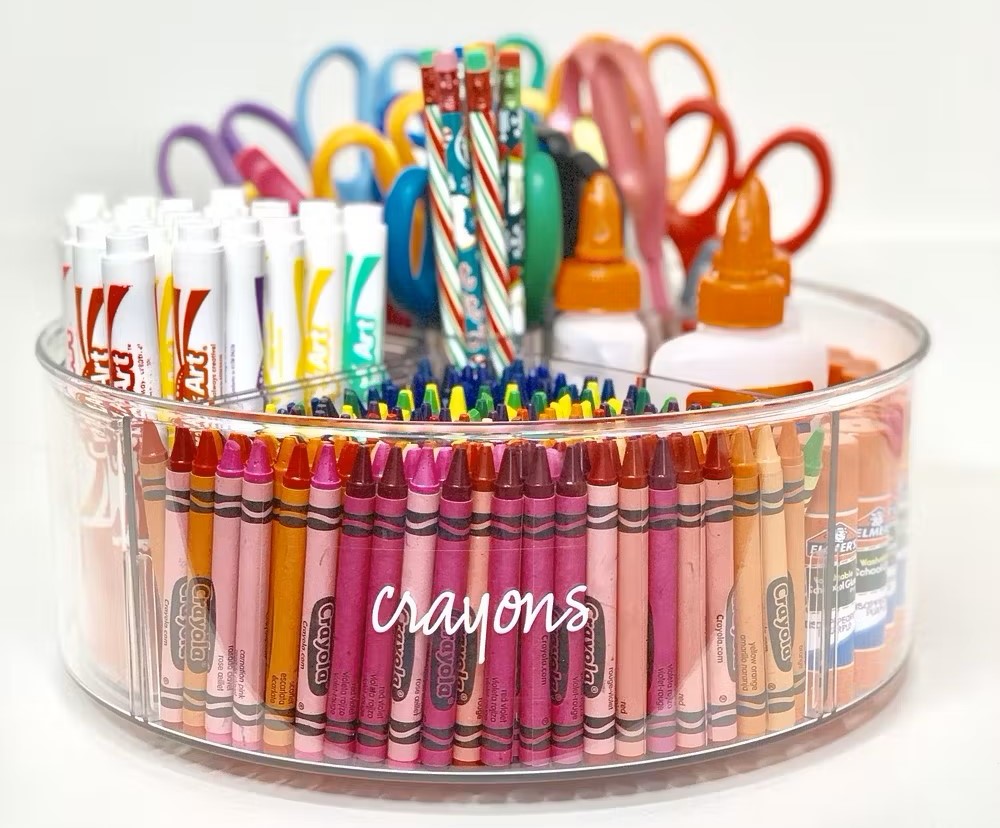
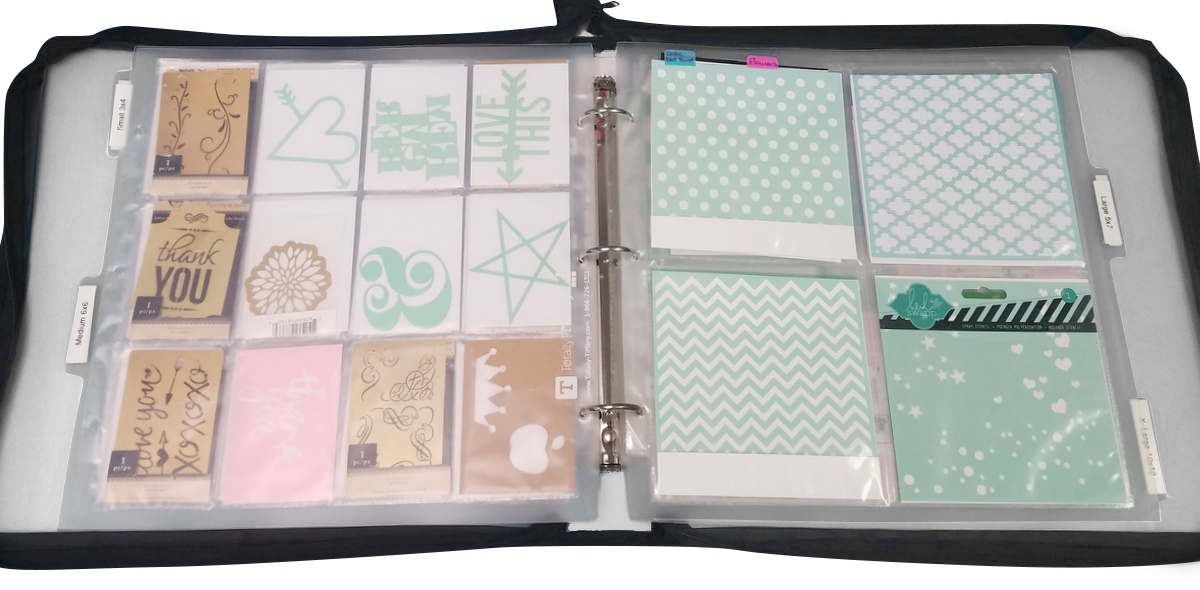
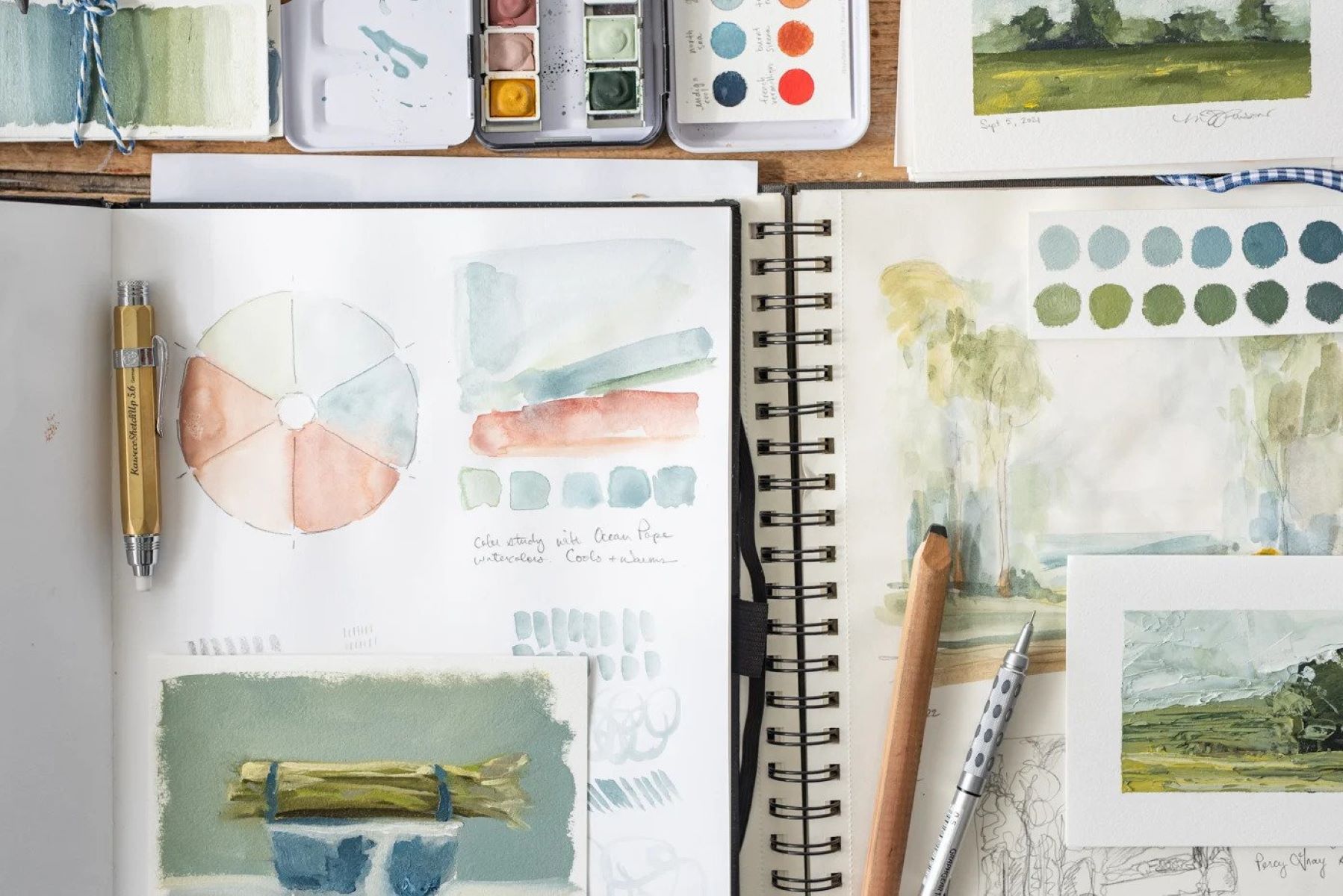
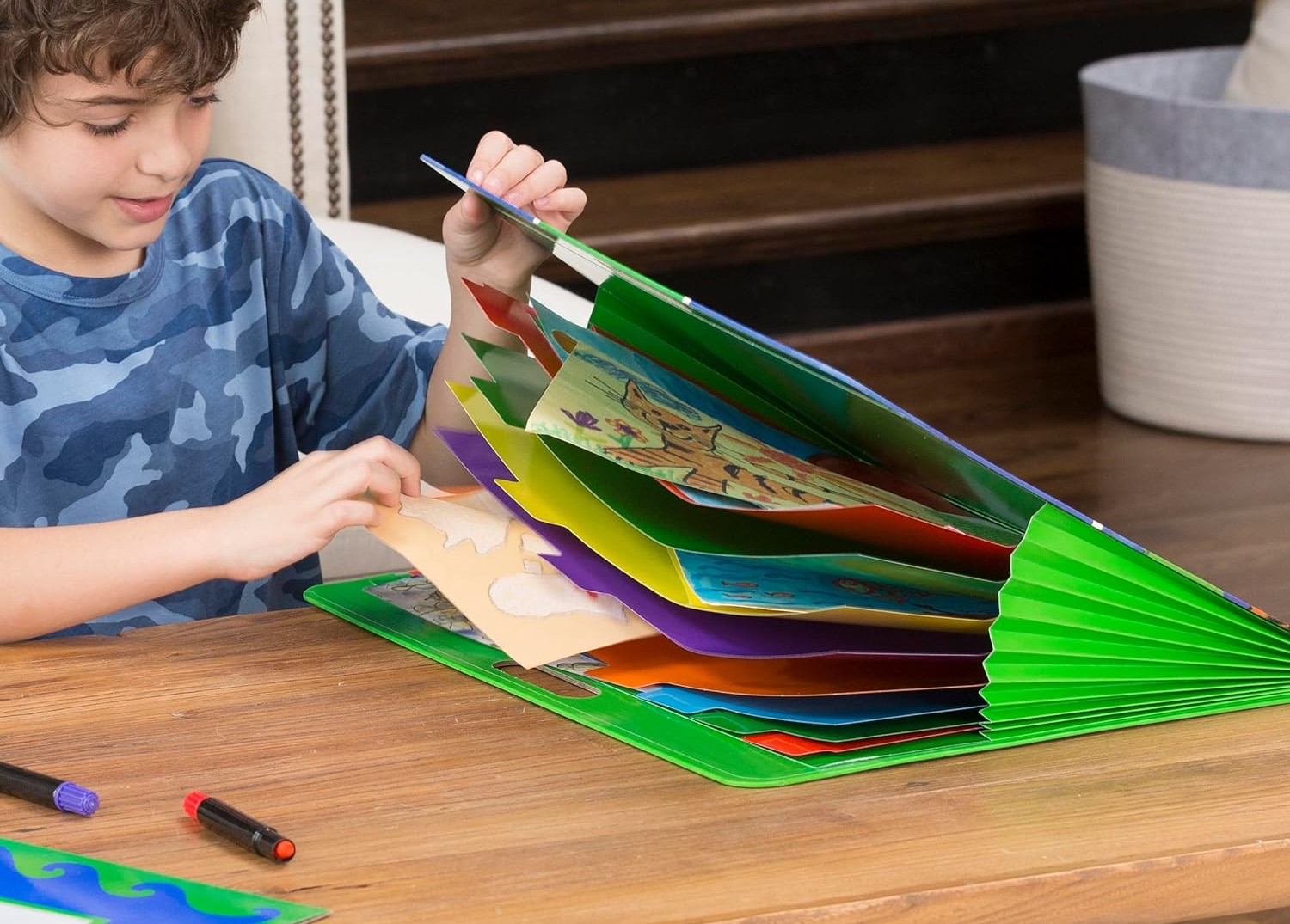

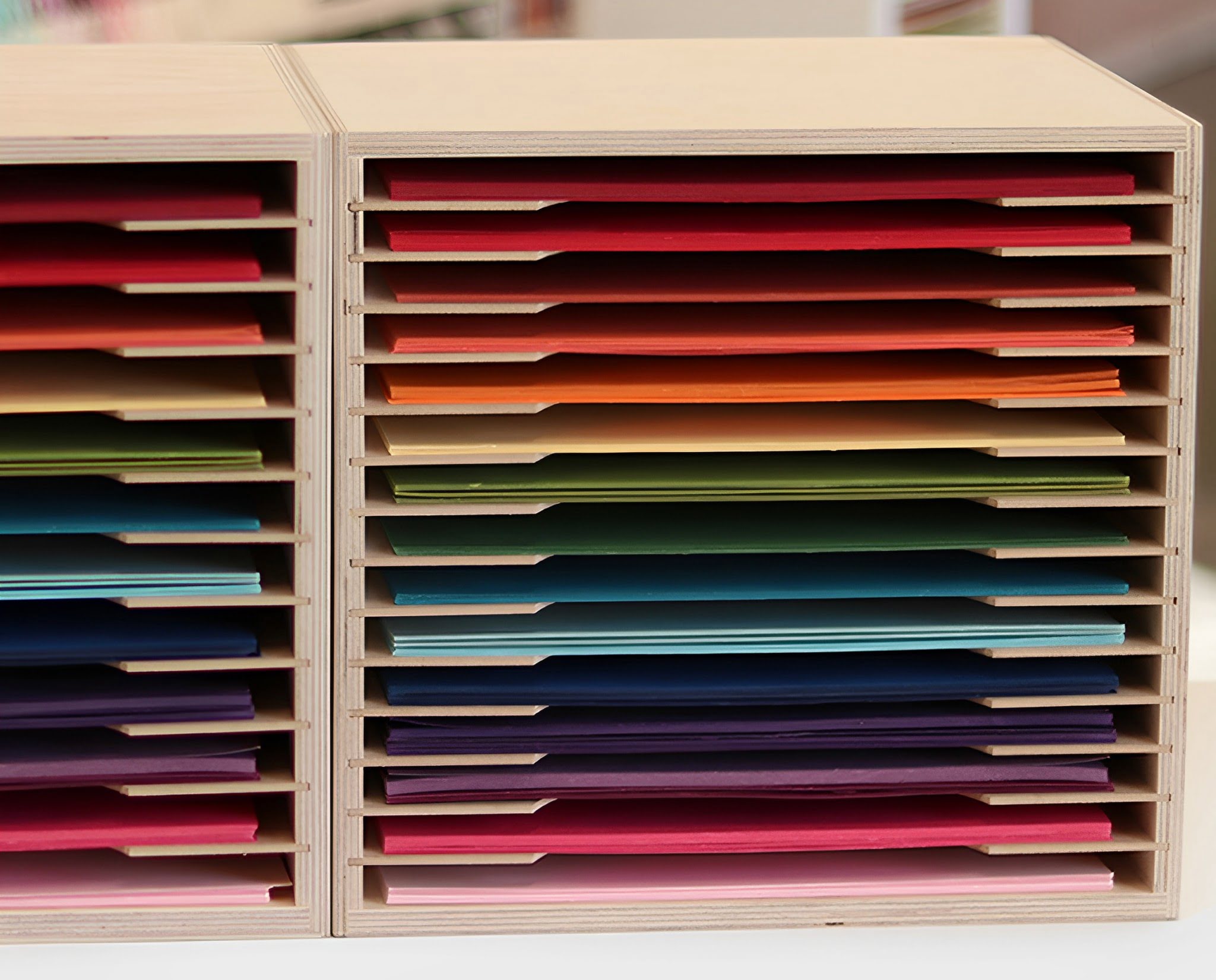
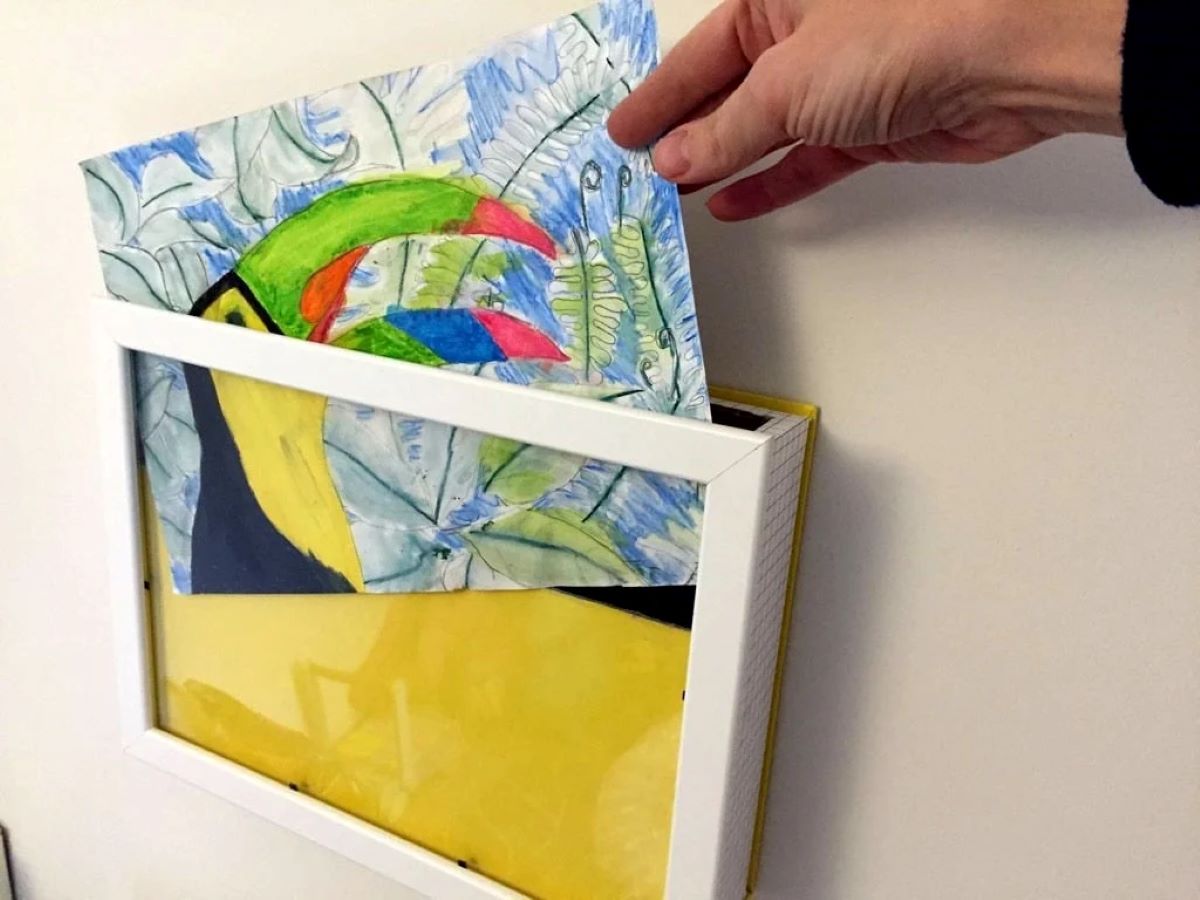
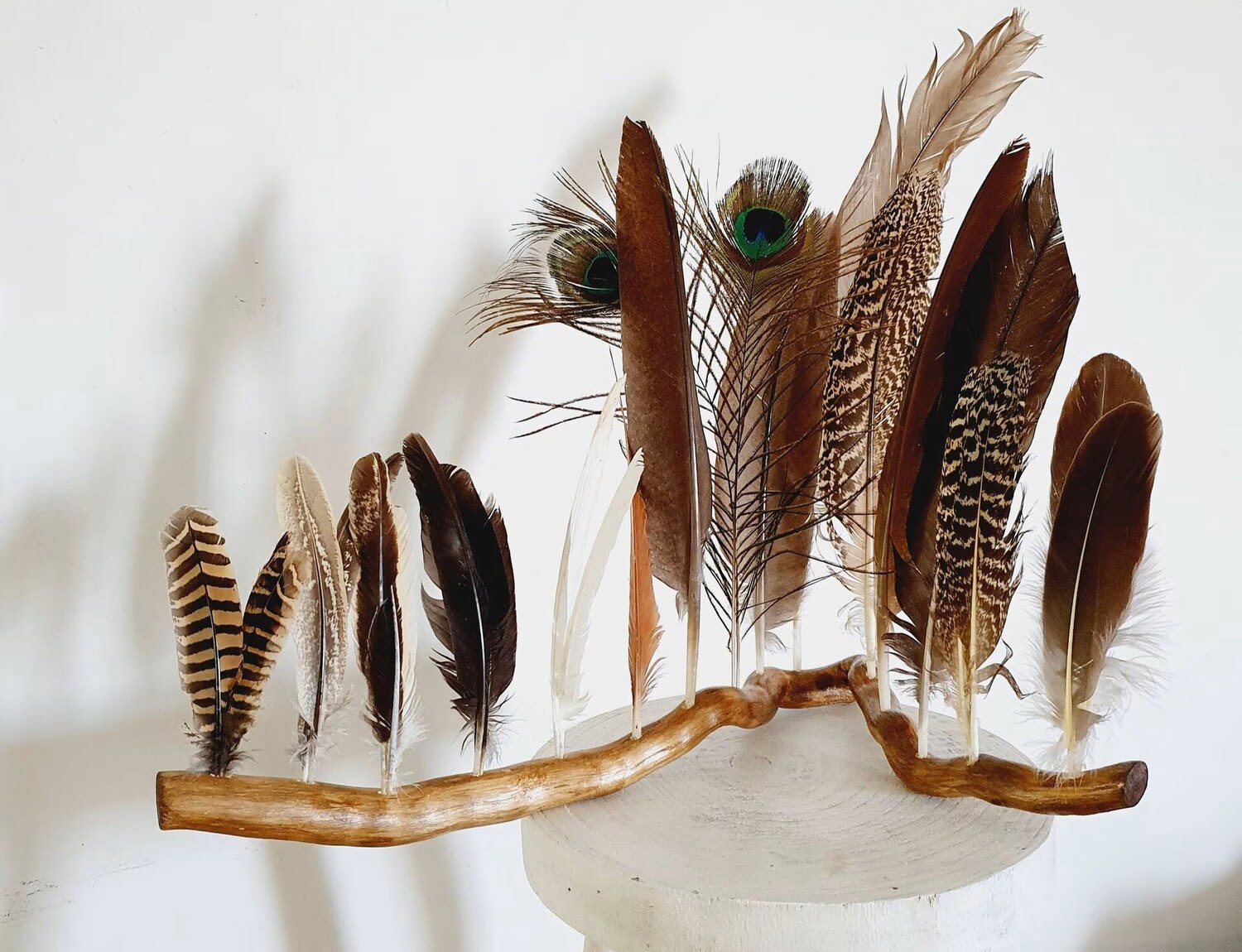
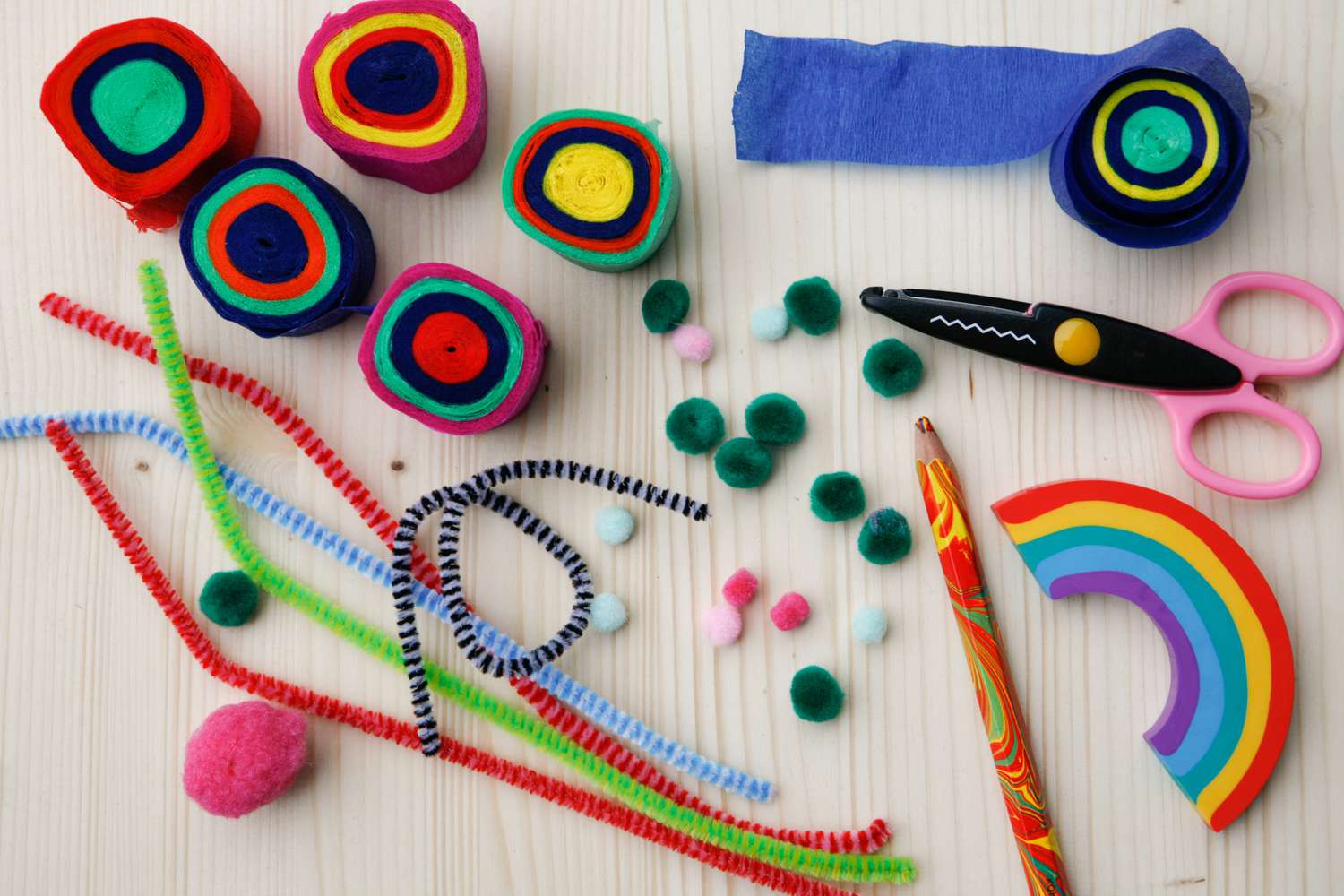
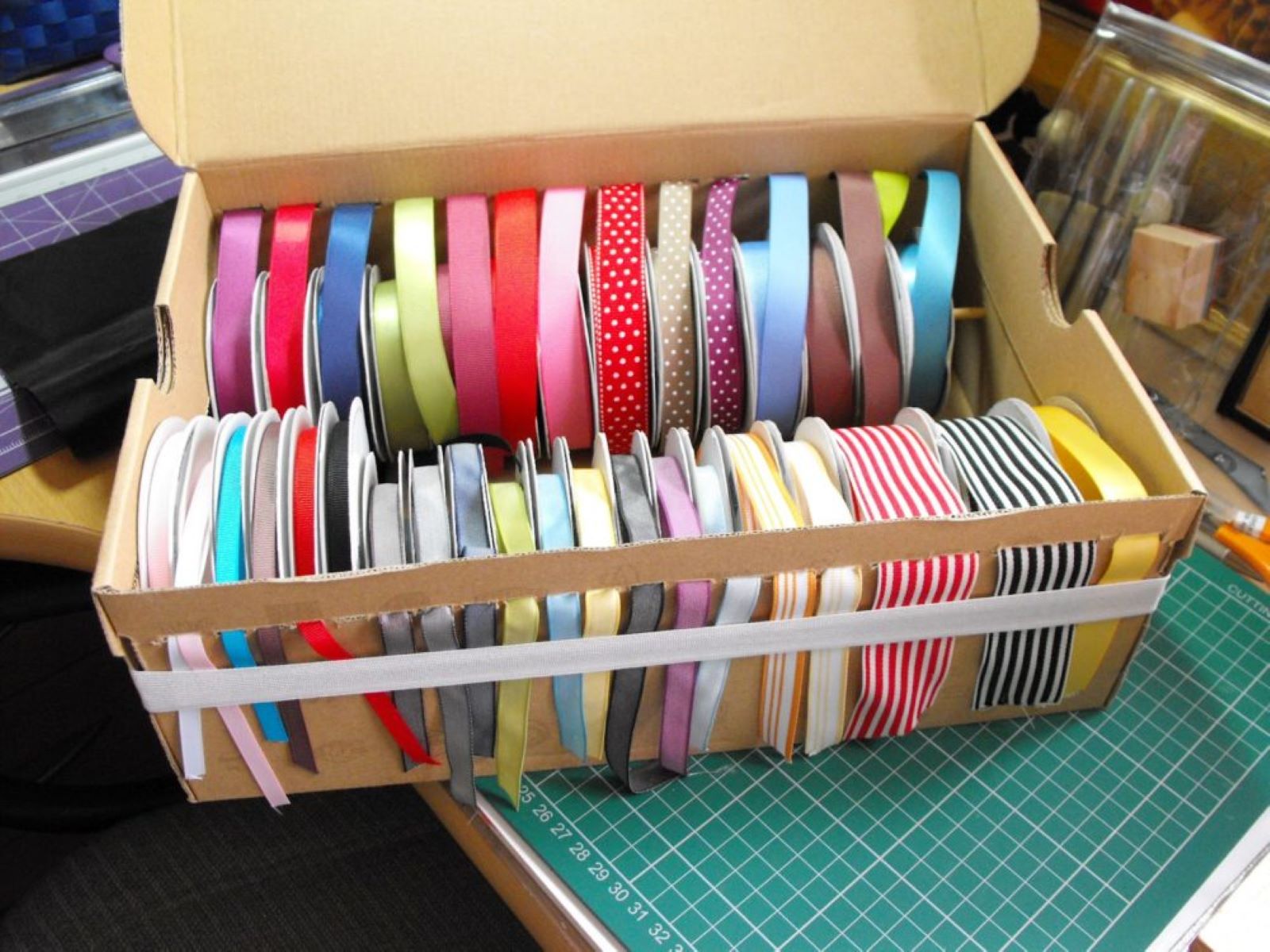
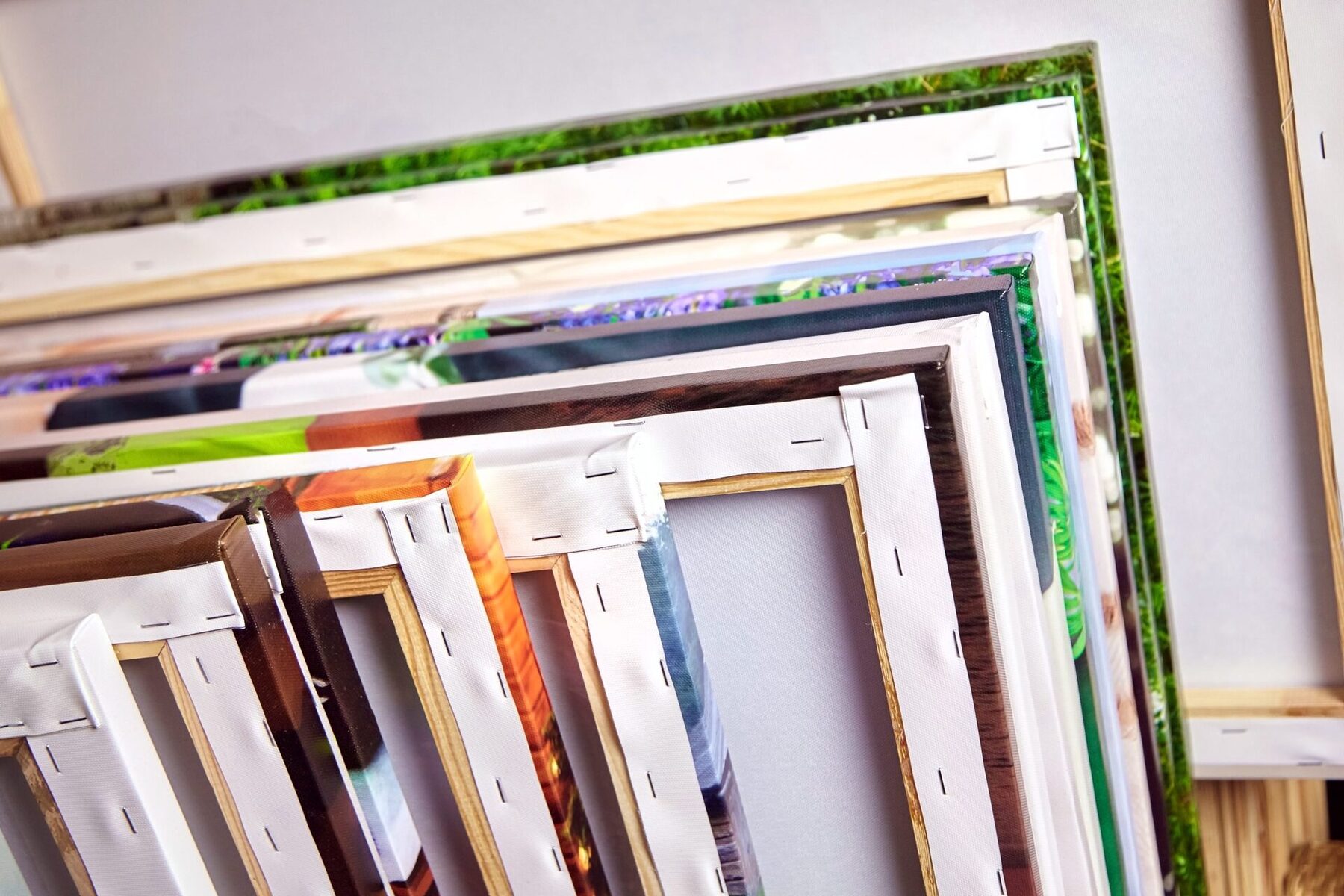

0 thoughts on “How To Store Art Supplies”